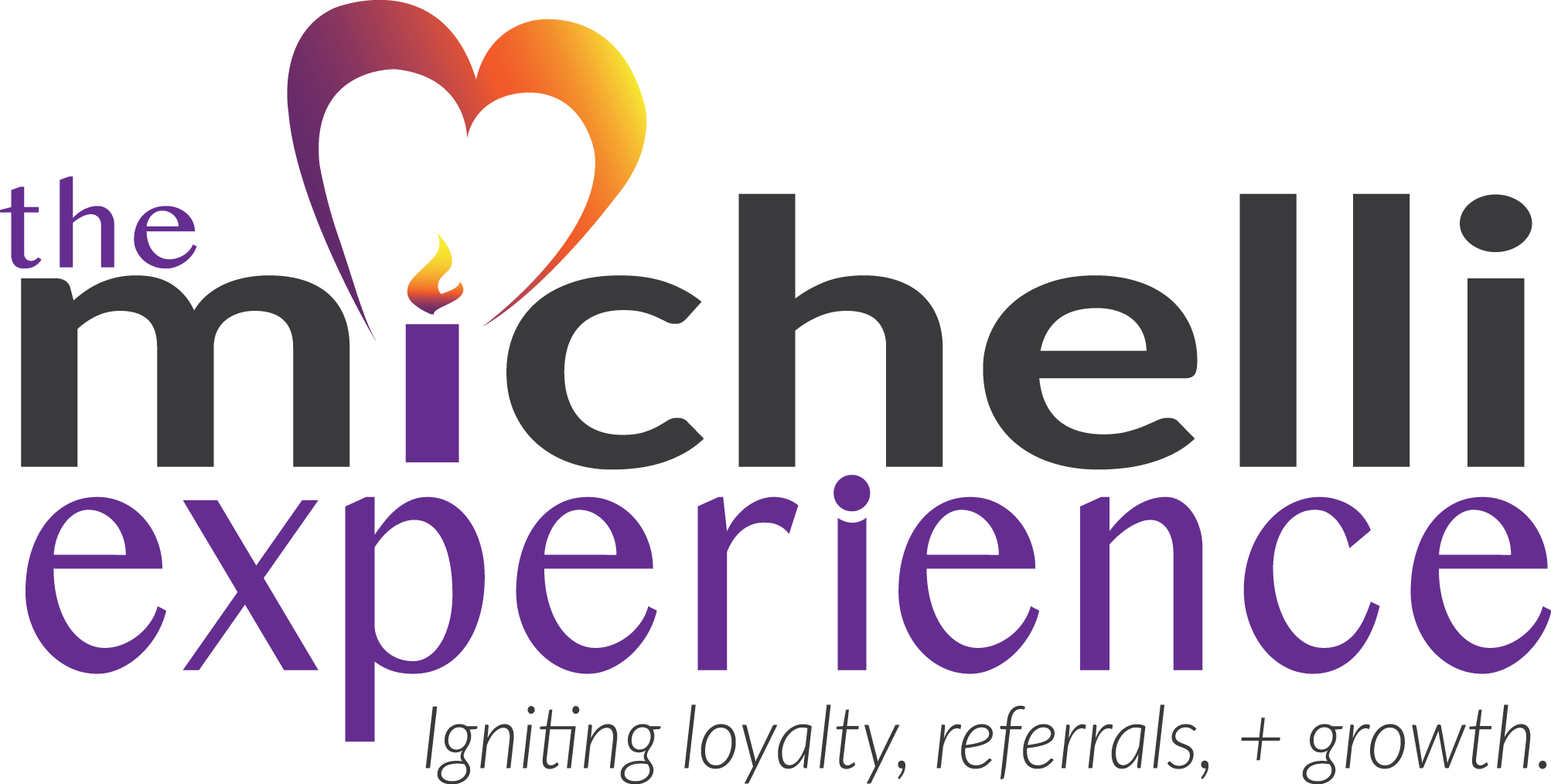From Machines to Living Organisms
I continue to be in awe of consultative think tanks like McKinsey and Company. Over my career, I’ve been blessed to work with McKinsey consultants who often do the heavy lifting to understand optimal strategic positioning for senior leadership teams.
Agile Genius
The genius of this collection of talented individuals was well displayed in a recent thought leadership article from the McKinsey Agile Tribe (more than 50 McKinsey team members from across the globe representing diverse business specialties like marketing, digital operations, and major business functional areas). That article posits that business survival will require a paradigm shift from a Henry Ford type mindset that viewed businesses much like “machines” to a modern-day approach where businesses are seen as “dynamic organisms.”
Goodbye Machine Perspective
In the old-world view of businesses as machines, sound infrastructure investments, solid processes, and precise execution led to inevitable business success. According to the McKinsey Agile Tribe successful leaders today must think of their businesses in more fluid ways – particularly given four key business trends:
- A rapidly changing business environment
- Incessant disruptive technologies
- Increased speed of digitization and easy access to information
- A war for creative and learning-based talent
Stress on the System
In essence, companies that are built as machines are failing to perform under the stress of our continually changing world of business. Not developing competencies in agile design or not effectively deploying design thinking will likely leave your business vulnerable (see this previous post). The McKinsey Agile Tribe notes:
When pressure is applied, the agile organization reacts by being more than just robust; performance actually improves as more pressure is exerted.4Research shows that agile organizations have a 70 percent chance of being in the top quartile of organizational health, the best indicator of long-term performance.5Moreover, such companies simultaneously achieve greater customer centricity, faster time to market, higher revenue growth, lower costs, and a more engaged workforce
So Few Yet So Much to Gain
Whoa slow-down. According to various studies, about 10% of companies have fully completed an agile transformation. However, an agile transformation helps a company be faster to market, generates greater revenue, has more engaged employees and yes demonstrates greater (two of my favorite words) CUSTOMER CENTRICITY. Something is wrong here – but surely you are one of the 10% right?
Let’s assume you understand the importance of looking at your business or team through the lens of a dynamic organism. Also, assume you have studied and/or are deploying agile approaches and design thinking into iterative process improvements that quickly address customers current and future needs. How then will you know if you truly are an agile organization? That’s where the McKinsey article has the greatest value!
Based on their research, McKinsey has isolated five trademarks and 23 best practices to be an agile organization. Since that level of detail is beyond the scope of this blog, I will refer you back to the source material, if you would like a deep dive. For our purposes, here are the five trademarks of an agile organization:
- Strategically, the organization is unified in pursuit of a clearly defined goal
- Structurally teams are empowered
- Business processes follow agile principles in which decisions are made rapidly, and learning is prioritized over creating a “perfect solution” out of the box
- People aren’t resources; they are dynamic and catalytic solution creators
- Agile organizations embrace “next generation enabling” technologies
From my worldview, many customer-centric organizations possess four of these five trademark characteristics, but most need additional work with processes that focus on incremental learning and failing forward (learning from each rapidly evolving prototype to swiftly approximate an ever-changing set of consumer needs).
Bill Gates probably said it best when he opined:
“Success today requires the agility and drive to constantly rethink, reinvigorate, react, and reinvent.”
How are you fueling agility for your organization? What have you learned as you set course on a continual journey of rethinking and reinvention?
Henry Ford step-aside the machines are learning today and so should we – lest we become relics of a less dynamic age!
My team and I stand poised to give you an agile advantage. Reach out to us for a complimentary opportunity to discuss your journey!

Joseph A. Michelli, Ph.D. is a professional speaker and chief experience officer at The Michelli Experience. A New York Times #1 bestselling author, Dr. Michelli and his team consult with some of the world’s best customer experience companies.
Follow on Twitter: @josephmichelli



